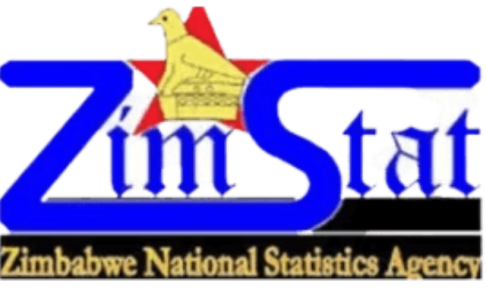Download 2022 Zimbabwe Population and Housing Gender Thematic Report (PDF)
Key Gender Policy issues in Zimbabwe
Zimbabwe has subscribed to many international frameworks aimed at addressing the inequalities between women and men, boys and girls. Gender statistics are essential for the advancement of gender equality and women’s empowerment at the global, regional, and national level. This is in accordance with the global and national commitments on gender equality and women empowerment including the Convention on the Elimination of all forms of Discrimination Against Women (CEDAW),1979; Beijing Platform for Action (BPfA), 1995; the Commission on the Status of Women (CSW), 1946; Sustainable Development Goals (SDGs), 2015; and National Development Strategy 1. (NDS1)
Evolution of the female and male populations over the last decade (2012-2022)
The changes in population over time are a result of the cumulative effect of four factors: the initial age structure and the forces of fertility, mortality and migration on a population.
. Comparing the age–sex distribution of the populations in 2012 and 2022 there are expansions/increases in population for most of the 5-year age groups except for the 25-29 and the 30-34 years age groups for men and the 25-29 years age group for women where there is a negative change in the population figure for age group(s). Further analysis of the progression of 2012 age cohorts to 2022 census highlights the differential net effects of the forces of migration (immigration and emigration) and death on the population. The force of fertility as measured in live births only affect the first 2 age groups: 0-4, and 5-9 as the period between the two censuses is 10 years.
Civil Registration
According to the Constitution of Zimbabwe, all Zimbabwean citizens are entitled to civil registration documents. Civil Registration results in legal identity and this means rights to education, health, legal protection, voter registration and issuance of travel documents. A birth certificate is a prerequisite for the national identity document issued to Zimbabweans and legal immigrants at the attainment of 16 years.
Birth registration
The census collected information on the birth registration status for all individuals. The census revealed that 78.6 percent of the total population had their births registered, and the proportion of women is 48%. There is rural urban disparity in birth registration rates with 71.8 percent for rural setting compared with 89.4 percent for urban setting. Gender gaps in birth registration are evident between sex nested within age-groups. The differences between sexes are evident for ages 55 and above, where there is disparity in favour of men for birth registration.

